Discover the best low-cost 2-bedroom house designs in Kenya. Learn how to build an affordable, stylish home with smart layouts, local materials, and budget home plans that suit both urban and rural lifestyles.
Introduction
Building a home in Kenya no longer has to drain your savings. With low-cost 2-bedroom house designs in Kenya, you can now achieve modern comfort and practicality at a fraction of the usual price. These designs are tailored for small families, young couples, or anyone looking to invest wisely in real estate.
By combining smart space planning, affordable local materials, and sustainable techniques, you can create a stylish yet cost-effective home that fits your lifestyle and budget.
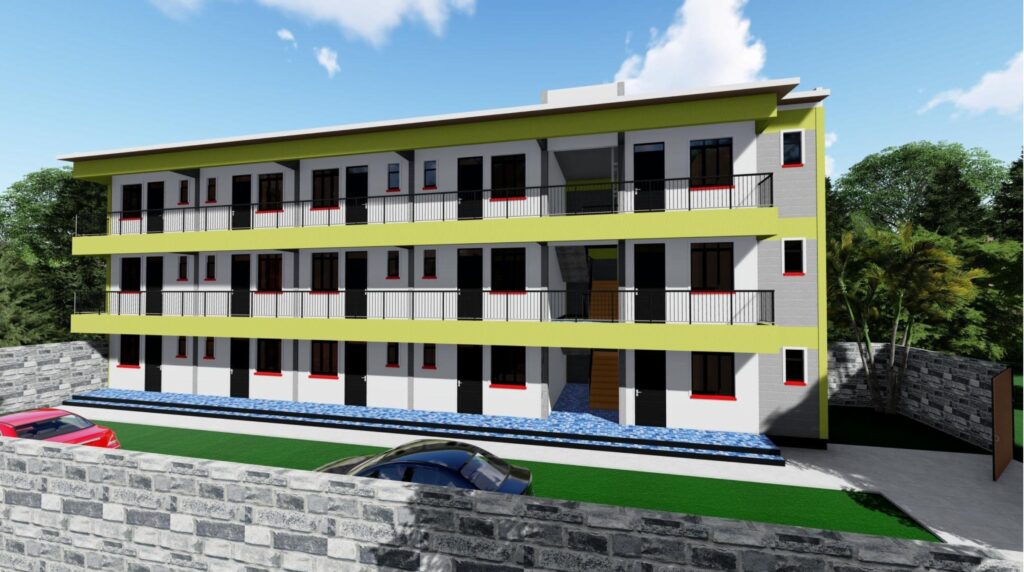
Affordable 2 Bedroom House Designs in Kenya
Affordable 2-bedroom house plans offer practical layouts ideal for both rural and urban areas. They maximise space while reducing construction and maintenance costs.
Common Features of Affordable 2 Bedroom Homes
Most affordable 2-bedroom homes in Kenya feature open-plan living areas, compact kitchens, ensuite master bedrooms, and outdoor verandas. These layouts balance functionality with style, ensuring every square metre is used efficiently.
Space-Saving Layout Options
Modern 2-bedroom house plans often include multi-purpose rooms and integrated storage solutions. Open-plan living and kitchen areas make small spaces feel bigger while allowing natural light to flow through.
Why 2 Bedrooms Are Ideal for Budget Builders
Two-bedroom houses offer an affordable entry point for first-time homeowners. They require less land, fewer materials, and lower finishing costs — yet they still provide enough comfort for a small family or couple.
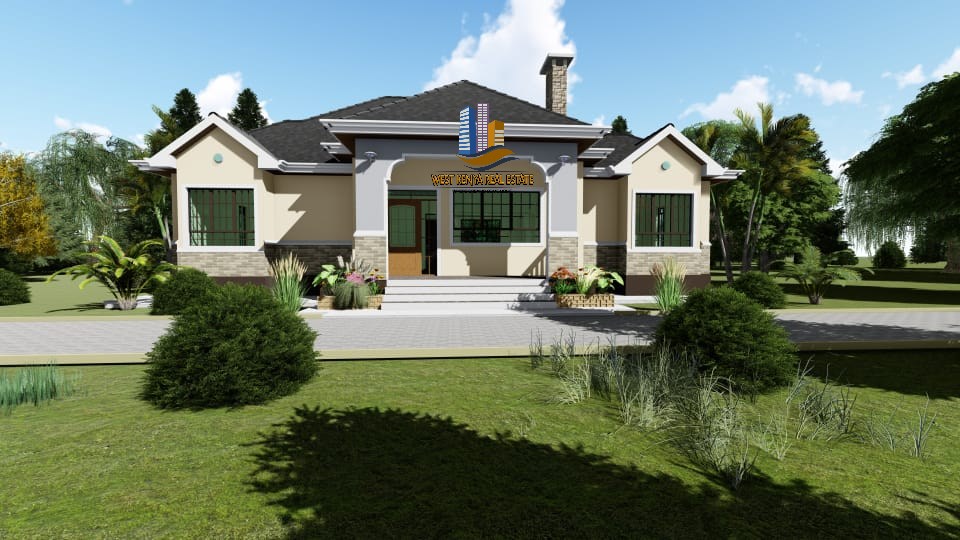
Benefits of Low-Cost Homes in Kenya
Affordable housing designs are gaining popularity across Kenya due to their long-term value and sustainability.
Financial Freedom and Savings
Building a low-cost home allows you to avoid hefty mortgages or loans. With careful budgeting, you can own a permanent home faster and redirect savings to other investments like education or business.
Flexibility and Expansion Options
Most low-cost 2-bedroom plans can be expanded later. Whether you want to add an extra bedroom, a garage, or an outdoor entertainment area, the designs are flexible for future growth.
Easier Maintenance and Repairs
Smaller homes require fewer repairs and less energy to maintain. This not only lowers running costs but also ensures long-term sustainability.
Popular Rural House Designs in Kenya
In rural Kenya, homeowners are embracing modern yet simple building plans that blend traditional charm with affordability.
Rural 2 Bedroom Bungalows
Rural bungalows are popular due to their simplicity, low maintenance, and wide verandas. They provide a comfortable and functional living space while maintaining a connection to nature.
Cottage-Style Rural Homes
Cottage-style designs are compact and beautiful. They feature pitched roofs, cosy interiors, and the use of natural materials like timber or stone, which blend seamlessly with rural surroundings.
Traditional vs Modern Rural Designs
Modern rural homes focus on efficiency and aesthetics, using materials like interlocking blocks or iron sheets. Traditional homes, meanwhile, rely on bricks, timber, or mud — offering cost savings but needing more upkeep.
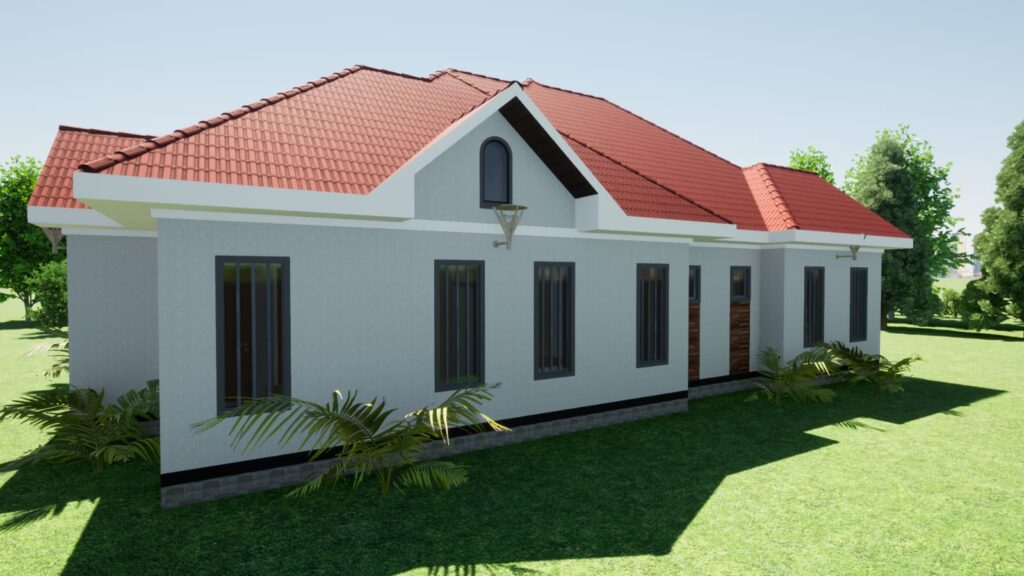
Choosing the Right Budget Home Plan
Selecting a plan that balances style, cost, and practicality is crucial for long-term satisfaction.
Assess Your Budget and Land Size
Before picking a plan, determine your total budget and the size of your plot. A 2-bedroom house can fit comfortably on as little as 40×60 feet, especially in peri-urban or rural settings.
Consider Future Expansion
Choose a home plan that allows you to extend later. Adding a third bedroom, a store, or a carport is easier when your layout allows for seamless expansion.
Consult a Local Architect
Working with a local architect ensures your design meets county building codes and fits your terrain. They can also help you adjust your plan to reduce material wastage and maximise airflow.
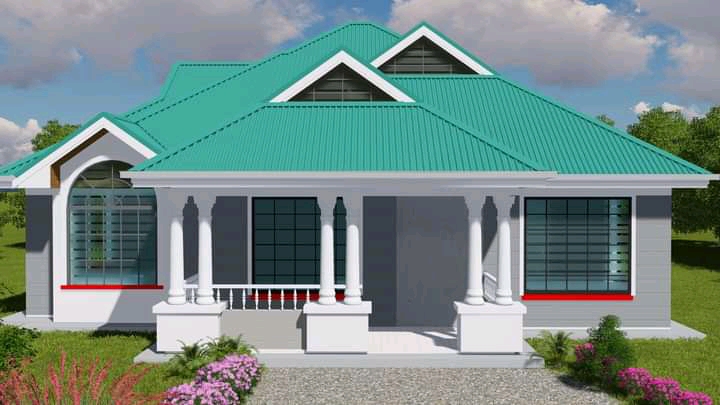
Construction Materials for Low-Cost Homes
Using the right materials can drastically cut construction expenses without compromising on quality.
Locally Available Building Materials
Local options such as quarry stones, interlocking blocks, and iron sheets are affordable and widely accessible. They also reduce transport costs compared to imported materials.
Sustainable Alternatives
Eco-friendly materials like stabilised soil blocks and bamboo offer durability and insulation benefits. They also contribute to environmental conservation and long-term savings.
For roofing, consider lightweight iron sheets or tiles that match your budget. Finishing options like cement screed floors or paint instead of tiles can also keep costs low.
Tips to Build a Low-Cost 2 Bedroom House in Kenya
Implementing smart construction techniques helps keep your project within budget.
Use Simple House Shapes
Rectangular or square layouts are cheaper to construct than complex shapes. Straight walls and minimal corners reduce labour and material costs significantly.
Avoid Overdesigning
Stick to essential features and avoid unnecessary extras like large balconies or decorative columns. Focus on practicality and durability instead.
Buy Materials in Bulk
Purchasing building materials in bulk often leads to discounts. Partnering with suppliers or local cooperatives can further reduce costs.
Cost Breakdown for 2 Bedroom Houses in Kenya
Understanding cost distribution helps you plan your finances better and avoid overspending.
Depending on the location, land can account for up to 30% of your budget. Ensure you include permit and approval fees in your total cost estimate.
Materials and Labour
Materials often take 60–70% of total costs. Hiring local labour and avoiding middlemen helps maintain affordability.
Finishing and Furnishing
Finishing costs vary widely. Using affordable paint, local furniture, and simple tiling options can save significant amounts.
Financing and Building Options
Many Kenyans are now exploring alternative financing and construction models to manage building costs.
Incremental Building
This involves constructing your house in phases — foundation, walls, roofing, then finishes. It’s ideal for people building with limited funds over time.
Cooperative Housing Projects
SACCOs and cooperatives offer affordable financing options. Members can pool funds to build multiple homes at once, cutting costs through bulk construction.
Government and NGO Support
Government housing initiatives and NGOs sometimes provide grants or subsidised materials for low-income builders. Always check current programmes before starting your project.
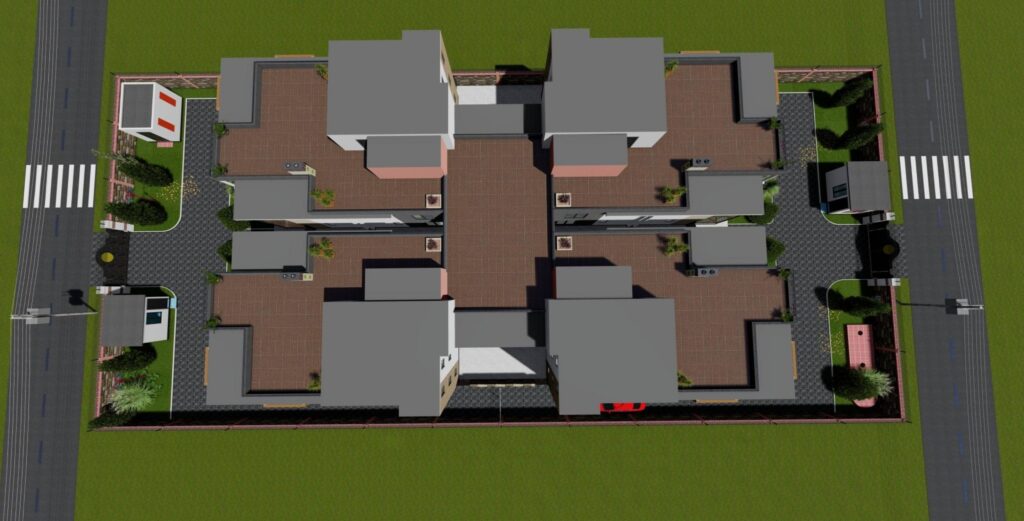
Smart Design Features for Low Cost 2-Bedroom Houses
Low-cost 2-bedroom house designs in Kenya can be enhanced with smart features that maximise comfort while keeping expenses low. These features include proper orientation for sunlight, natural ventilation, and multifunctional spaces that reduce the need for extra rooms. By integrating storage within walls or under staircases, you can save on furniture costs while maintaining a clean layout. Open-plan living areas also create a sense of spaciousness without increasing the footprint of the house. Simple architectural elements, like minimal corridors and compact verandas, reduce material consumption and labour. Selecting the right window placements can also improve airflow and natural light, lowering energy costs over time. These small adjustments help achieve a functional, affordable, and sustainable home that meets the needs of modern Kenyan families. The combination of these features makes low-cost homes both attractive and practical for first-time homeowners.
Efficient Space Planning
Efficient space planning ensures that every square metre in a low-cost 2 bedroom house is used effectively. Bedrooms, living rooms, and kitchens are designed to provide maximum usability without overcrowding. Open-plan layouts reduce the number of internal walls, saving on materials and labour. Multi-purpose furniture and built-in storage further optimise living spaces. Thoughtful circulation paths prevent wasted space while allowing easy movement between rooms. Natural lighting and ventilation are incorporated into the design to enhance comfort and reduce electricity use. Even small outdoor areas can be integrated as functional extensions of living spaces. Ultimately, efficient planning reduces costs while improving the overall living experience.
Passive Cooling and Lighting Techniques
Proper passive cooling and lighting are essential for low-cost houses in Kenya’s warm climate. Windows should be positioned to capture cross breezes and natural light throughout the day. Roof overhangs and verandas provide shade and reduce heat entering the home. Light-coloured walls and reflective materials help bounce sunlight, keeping interiors cooler. Incorporating skylights or clerestory windows reduces the need for electric lighting during the day. Ceiling fans in key areas improve airflow without increasing energy bills. These strategies make homes more comfortable, healthier, and energy-efficient. Overall, passive design is a cost-effective way to enhance the functionality of budget homes.
Materials Sourcing and Cost Optimisation
Careful sourcing of building materials is critical for keeping costs low while maintaining quality. Local suppliers often offer competitive prices for interlocking blocks, cement, timber, and mabati sheets. Buying materials in bulk can lead to significant savings and ensure consistent supply during construction. Opting for locally produced items reduces transportation costs and supports the local economy. Recycled or reclaimed materials can also be used for non-structural elements, lowering expenses further. Choosing durable yet affordable options prevents frequent maintenance and repair costs over time. Planning material procurement ahead of construction avoids delays and unexpected price hikes. Cost optimisation is therefore both a financial and strategic consideration in rural and peri-urban builds.
Using Interlocking Blocks
Interlocking blocks are a popular choice for affordable houses in Kenya due to their low cost and ease of installation. They require minimal mortar, which reduces cement consumption and speeds up construction. Interlocking blocks also provide good insulation and structural stability. Local production of these blocks ensures availability and reduces transport costs. Skilled or semi-skilled labour can easily work with them, further cutting costs. Their uniform size allows for quicker wall construction and reduces wastage. Additionally, interlocking blocks are environmentally friendly since they often use minimal cement. Overall, they are ideal for anyone building a cost-effective 2 bedroom house.
Alternative Roofing Options
Roofing is one of the most significant expenses in construction, but affordable alternatives exist. Lightweight iron sheets or corrugated mabati are cheaper than tiles while still providing durability. Hybrid options, such as timber trusses with mabati sheets, reduce structural costs and allow for quicker installation. Proper roof insulation keeps homes cooler in hot climates, lowering energy use. Consider sourcing roof sheets from local suppliers to cut transport costs. Roof design should also facilitate rainwater harvesting to add long-term value. Maintenance is minimal when high-quality sheets are used, preventing frequent replacements. Using the right roof strategy significantly enhances affordability and functionality.
Construction Techniques for Budget Homes
Efficient construction techniques can dramatically reduce both cost and build time without sacrificing quality. Modular construction, where sections are prefabricated off-site, is becoming popular in Kenya. This reduces labour requirements and minimises on-site errors. Traditional methods, such as reinforced concrete foundations and interlocking block walls, remain cost-effective for small homes. Skilled labour should focus on critical tasks, while simpler works can be done by general workers. Phased construction allows homeowners to spread expenses over time. Using proper curing methods and material handling ensures structural integrity. By adopting these techniques, builders can deliver affordable, durable homes that meet Kenyan standards.
Phased Construction
Phased construction involves completing a house in stages, prioritising essential spaces first. This allows homeowners to manage cash flow and reduce financial pressure. Foundations and core walls are completed before adding secondary features such as finishes or landscaping. By splitting the project, homeowners can source materials gradually, avoiding bulk storage issues. Labour costs can also be staggered, paying workers per phase. Phased builds provide flexibility, enabling adjustments based on changing budget or site conditions. With proper planning, the quality of the finished home is not compromised. It’s a practical strategy for low-income households seeking affordable housing solutions.
Reinforced Foundations and Wall Techniques
Even for budget homes, foundation strength is critical, especially in areas with poor soil. Strip foundations with stone filling or reinforced pads provide adequate support for a 2-bedroom structure. Walls made with interlocking or stabilised blocks reduce material consumption without compromising stability. Careful alignment and plumb checking prevent structural issues later. Using minimal yet sufficient reinforcement in lintels and columns balances cost with safety. Proper curing ensures concrete strength and durability. Skilled oversight at this stage prevents future repairs and enhances the home’s lifespan. Well-executed foundations and walls form the backbone of any affordable house.
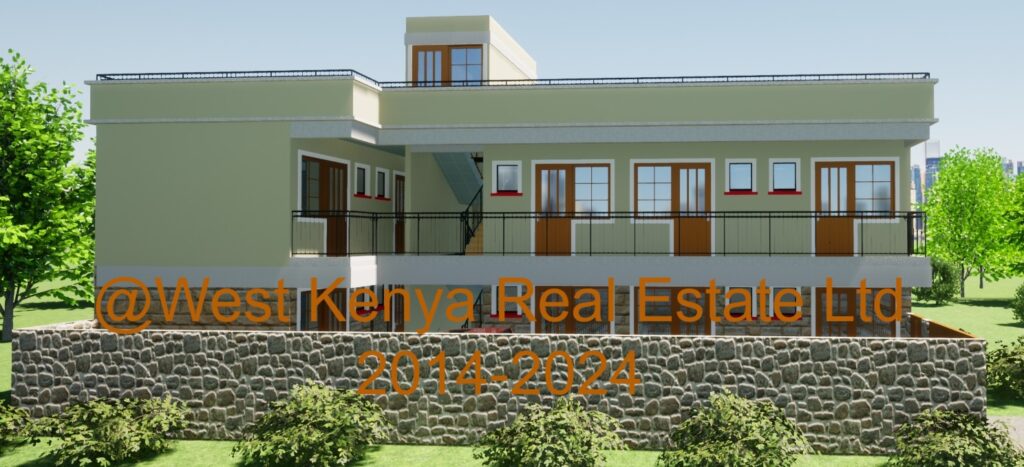
Financing and Affordable Build Strategies
Access to financing and smart budgeting strategies is essential for low-cost home projects in Kenya. Many homeowners combine personal savings with micro-loans or SACCO contributions. Phased construction allows payments in stages, reducing financial strain. Some NGOs and government programmes provide materials or technical support to low-income builders. Prioritising essential spaces first ensures a functional home even if additional rooms are added later. Clear budgeting prevents overspending on unnecessary finishes. Combining financing options with strategic build planning enables homeowners to complete homes efficiently and affordably.
Micro-loans and SACCO Funding
Micro-loans and SACCO contributions are increasingly used to finance affordable houses. They provide smaller, manageable repayments compared to traditional bank loans. SACCOs often offer lower interest rates, making them ideal for low-income builders. Many programmes support phased payment, allowing homeowners to pay as each stage of construction is completed. Accessing these funds requires proper documentation and planning. Using SACCO or micro-loans also encourages community engagement and knowledge sharing. This makes financing both practical and empowering.
Phased Payment Approaches
Paying contractors and suppliers in stages reduces financial risk for the homeowner. For example, mobilisation fees, foundation, roofing, and finishing payments are spaced out. This encourages timely project completion while protecting both parties. Phased payments also allow flexibility in sourcing materials as funds become available. Proper record-keeping ensures accountability and prevents disputes. Combining phased payments with strategic procurement ensures a smoother, more predictable construction process. Homeowners can achieve a complete house without compromising quality or budget.
Sustainability and Low-Running Costs
Incorporating sustainability in low-cost 2-bedroom houses reduces running costs and environmental impact. Using rainwater harvesting systems, solar-ready roofs, and energy-efficient lighting contributes to long-term savings. Proper orientation and natural ventilation reduce reliance on electricity. Eco-friendly materials such as interlocking blocks or stabilised soil blocks reduce embodied energy. Waste management during construction also contributes to sustainability. Small design features like insulated roofs and shaded windows enhance comfort. Sustainability is a key selling point for modern Kenyan homes, combining affordability with long-term value.
Rainwater Harvesting
Rainwater harvesting systems provide water for domestic use and reduce dependence on municipal supply. They are cost-effective and relatively simple to install. Collection tanks can be positioned near kitchens or bathrooms for convenience. Proper filtering ensures water is safe for washing or irrigation. Incorporating gutters into roof design maximises water collection. Maintenance is minimal with routine cleaning. This system adds resilience for rural homes with inconsistent water access. Integrating rainwater harvesting is both practical and budget-friendly.
Solar and Energy Efficiency
Solar-ready roofs allow homeowners to install photovoltaic panels in the future, reducing electricity bills. Using natural ventilation and cross-wind designs reduces the need for artificial cooling. LED or energy-efficient lighting further lowers running costs. Small adjustments like light-coloured walls and strategic window placement improve interior comfort. Combining solar and passive design increases a home’s long-term value. These features are increasingly expected by buyers of modern low-cost homes. Sustainable energy choices enhance affordability and environmental responsibility. Homeowners benefit financially while contributing to greener living.
Conclusion
Building a home doesn’t have to be an expensive dream. With low-cost 2-bedroom house designs in Kenya, you can create a beautiful, lasting home that suits your budget and lifestyle. From sustainable materials to efficient layouts, there are countless ways to reduce costs without sacrificing comfort or style.
Whether you’re in the city or the countryside, investing in an affordable 2-bedroom home is a smart way to achieve financial freedom and long-term stability.





